Importing Music with innuOS 2.0
In this post we will show you what changes innuOS 2.0 are bringing in with regards to importing music into your Innuos Server. The same options are kept from version 1.x – you can import music from a USB drive, a NAS Shared Folder and from the Auto-Import folder on the Innuos Server. However, there are some fundamental changes brought in by our new framework and some refinements that will make importing your music a much better experience. Let’s dig in.
New Import Framework
On version 1.x, all the Import options (Import from USB, NAS and from the Auto-Import folder) worked with the following procedure:
- Pre-check which are audio files or related (like covers or PDF liner notes), check whether the files have any issues such as illegal characters and queue them to be copied.
- Copy all the files to a temporary folder within the server
- Scan the files in order to add them to the Music Library, organizing them in artist/album folder structure or not depending on whether the Import or Quick Import option was specified.
- The new music would show on the Music Library after the rescan completed
For copying a couple of albums, this process is ok and works well. However, when importing a larger number of albums, it was quite annoying having to wait for the whole Import to finish before one could check what was imported or even start playing the music.
With innuOS 2.0, this process is fundamentally different. You still keep the 3 types of Import (USB, NAS and Auto-Import) and we will still pre-check the files before copying but now the scanning will occur in parallel with adding the files to the Music Library. This means that while the Import is ongoing, you can see on the Import page which albums are being imported and you can see them in detail and play them.
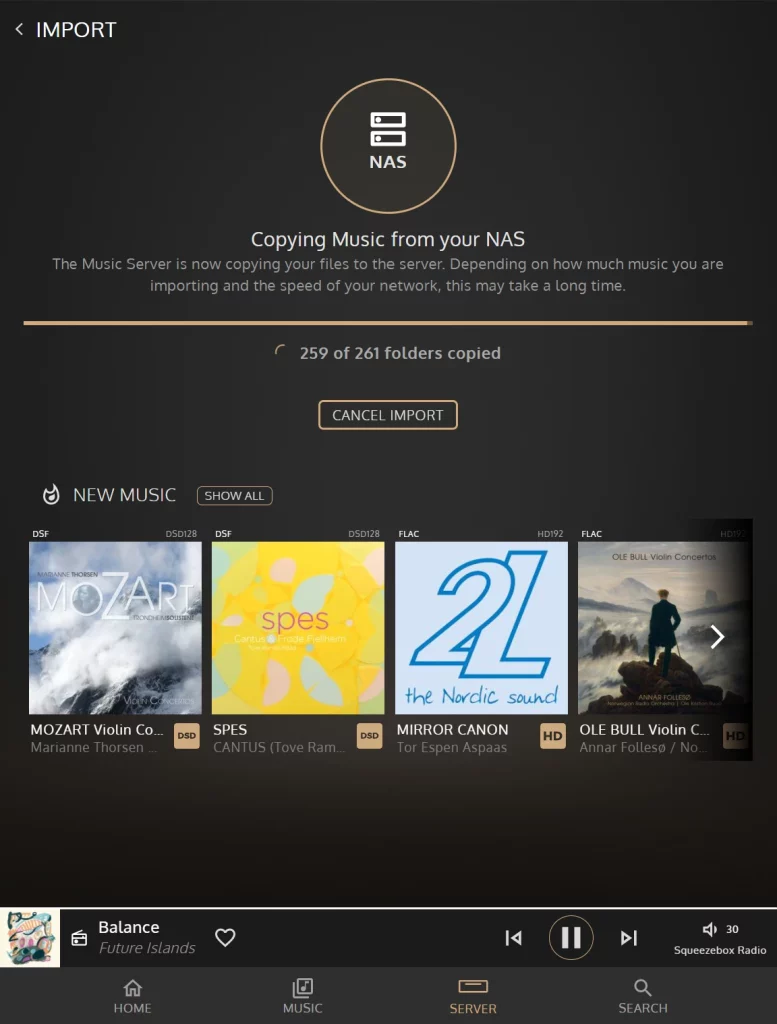
Simplified Import Process
The Import process was also simplified: there is no longer an Import and a Quick Import. Basically all Imports will be Quick Imports in the sense the system will no longer automatically organise the music folders into artist/album structures. And why you may ask? Because this process was very dependent on the quality of the metadata of the files being imported and therefore it could cause the Import process to behave unexpectedly. With some many formats supported, tagging protocols or simply big inconsistencies in the files, this meant sometimes a very large Import process would not work as expected.
Our decision is then to make the Import process simpler and later on add a Music Library Management Dashboard where the user could then check common issues with the Music Library (covers lacking, missing metadata, folder structure reorganization, etc) and take care of these issues in batch. There will be a dry-run to check exactly how things will look like in the end before you actually commit your library to major changes.
The Import History is also now listed directly on the Import page, providing a much better visibility of your imports.
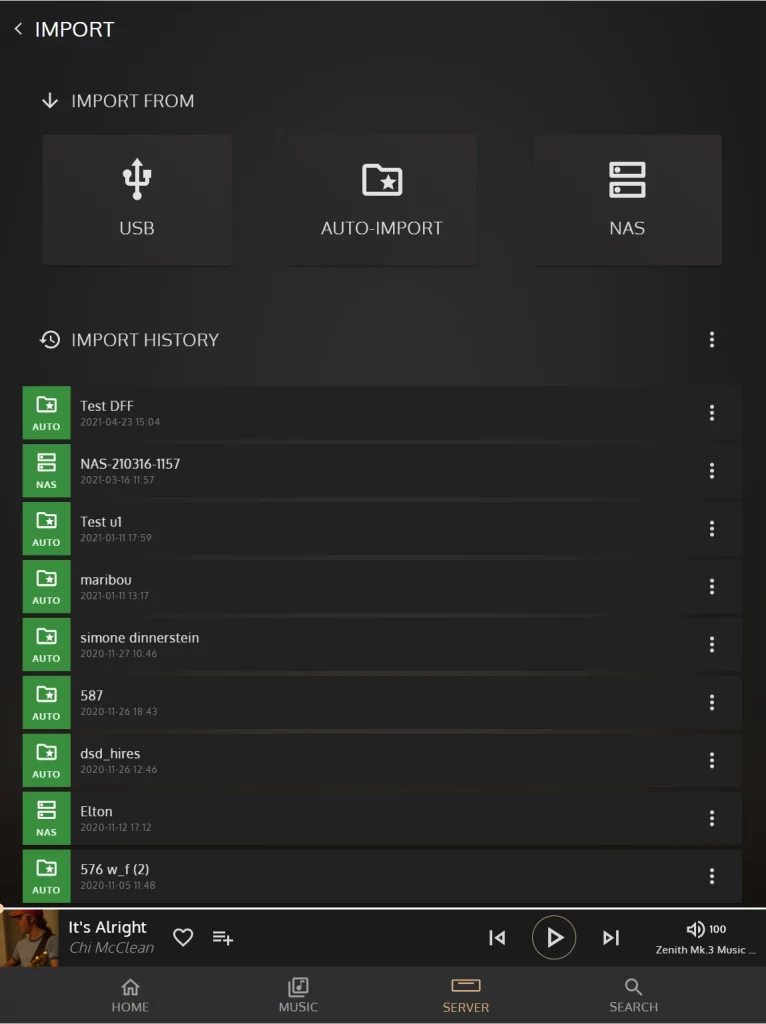
The new framework detects when new files are added to the filesystem automatically so if you prefer to use a computer to manage the files on your music server, you can simply access the Music Shared Folder on the Innuos Server and copy/change/delete files there directly. The system will detect the changes automatically and update the music library accordingly.
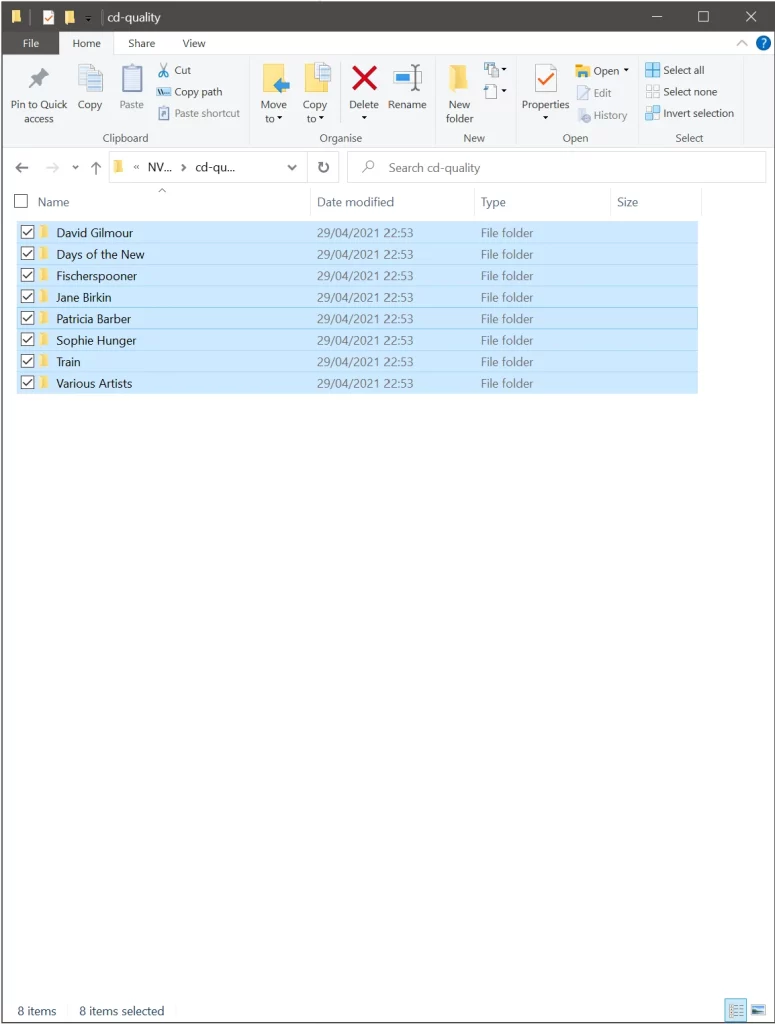
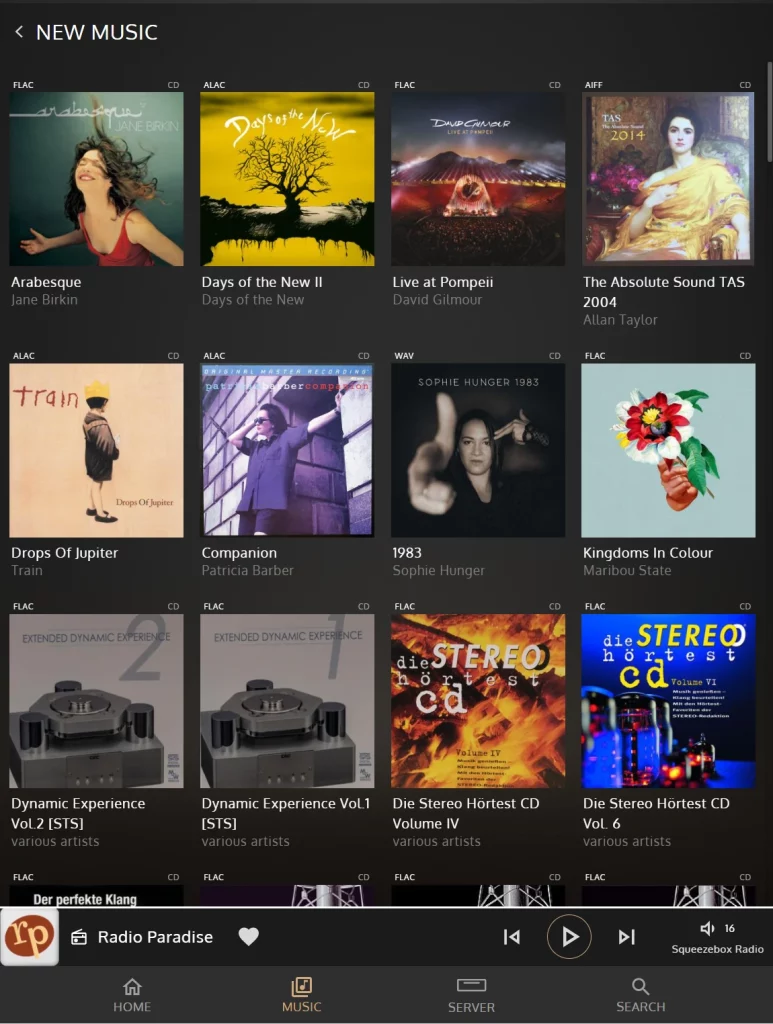
If you can manage the files directly for the Music folder, what’s the Auto-Import folder for then? Good question: The Auto-Import actually works like a “Shopping Basket”. Let’s say you are checking your iTunes folders and wanted to select just some music to Import into the Server. You could add the music you want to Auto-Import and once you’re happy with the music you want to Import, do the Import from Auto-Import option. This also creates an entry on the Import History which allows you to delete the Import later on if you wish. Music added directly from the PC will not create an entry in Import History.
Automatic Search for NAS on the network
Another improvement area provided is the ability for the system to search the network for NAS contained shared folders and provide a list of options instead of typing in the path to the NAS, which can be written in many different forms and caused much confusion. The Import process now clearly establishes the 4 steps and should be much easier to connect to your NAS now.
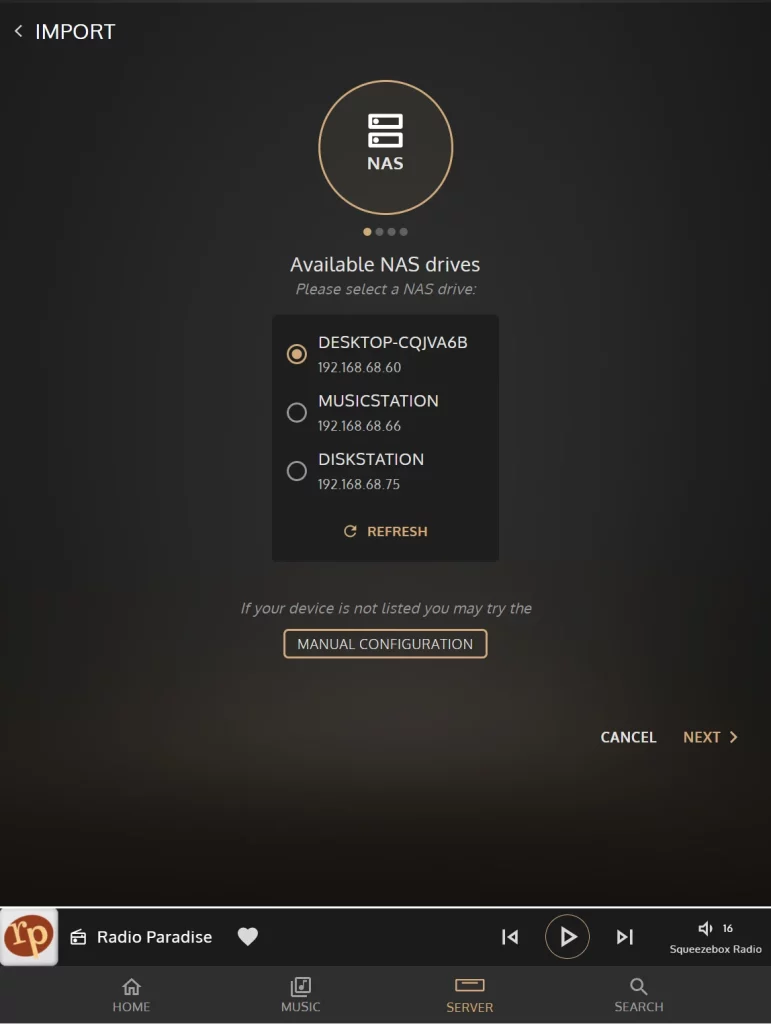
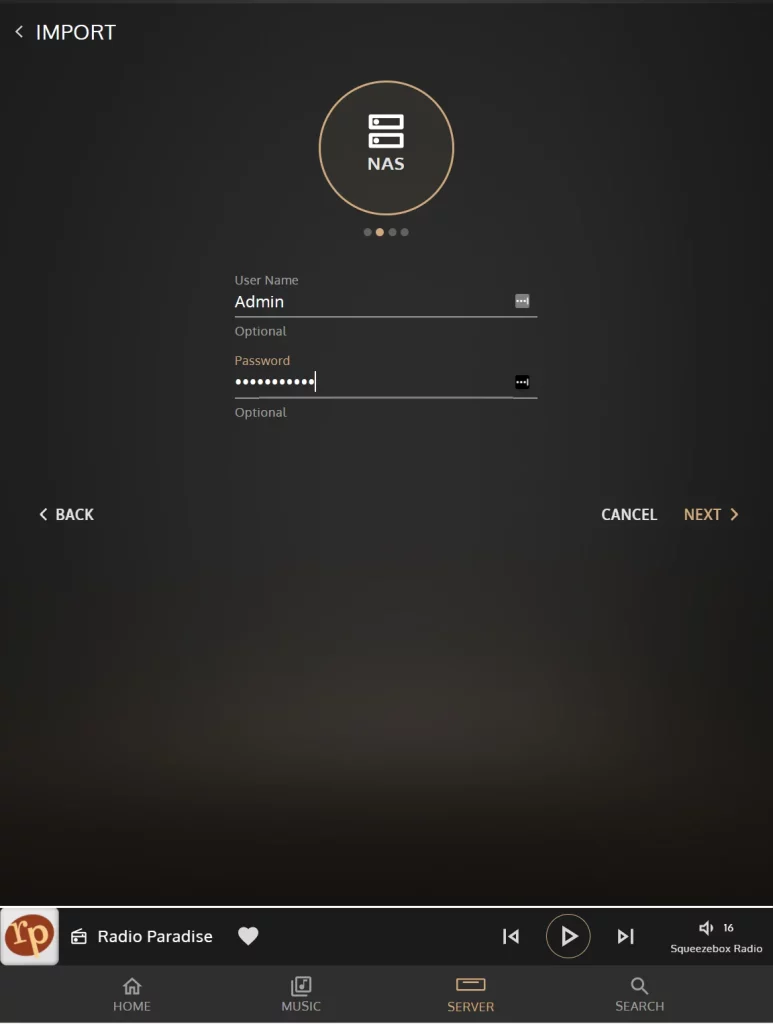
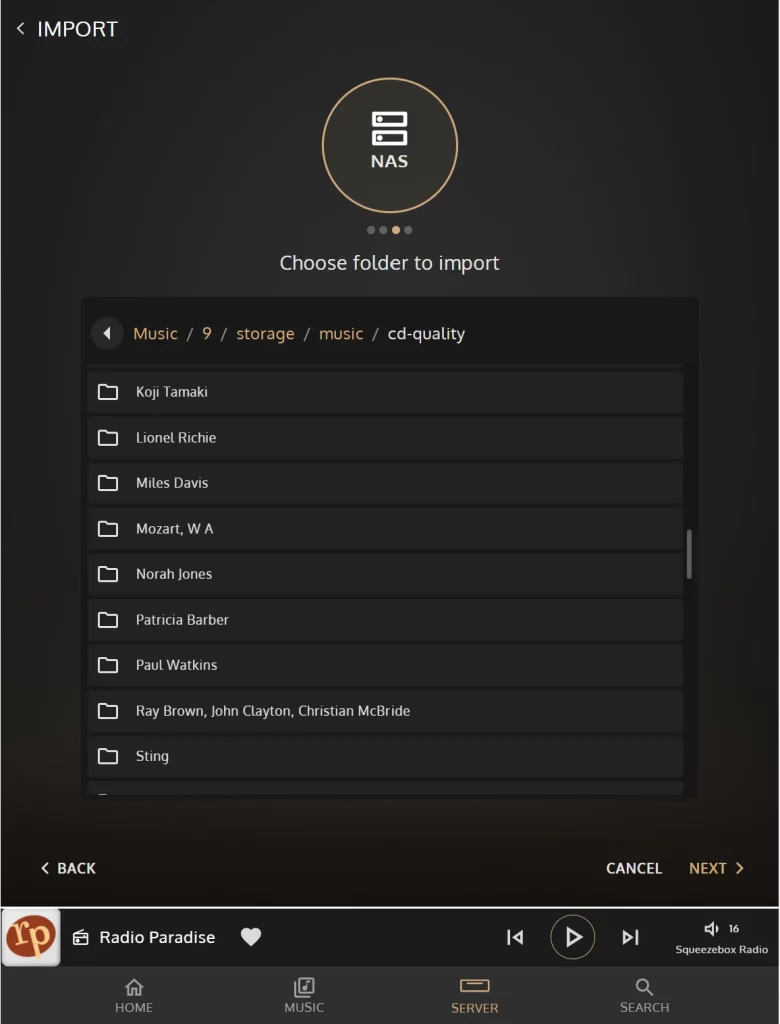
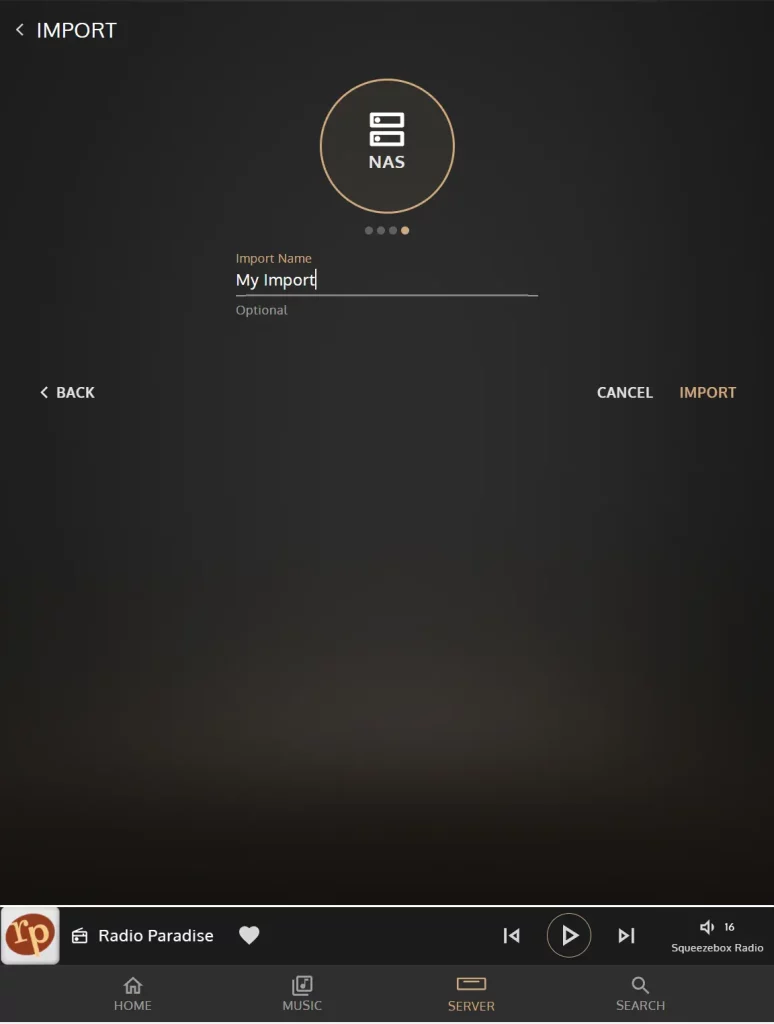
Next week we will go through the new Settings available on innuOS 2.0.
Your Questions Answered
Here are this week’s questions:
Will innuOS 2.0 have the kind of metadata linking that Roon offers, so for example you could see a producer associated with an album or a musician, click on him/her and then link through to other albums they appear on?
No, we don’t aim to provide links at that level. For the moment we will focus on the Artist links which are the ones most used to explore new music by most users.
Will there be a Chinese choice for language selection?
See the “Your Questions Answered” on this blog post.
It is strongly recommended to increase the static IP address setting function. This static IP is a must for users who need scientific Internet access to access foreign websites. Thank you!
As with version 1.x, we recommend you set the static IP at the router rather than on the server. The issue with setting the static IP on the server is that if you change your router and the subnet changes (ex: your static IP is 192.168.0.100 and your new router has a subnet 192.168.1.xxx) then you completely lose access to the server and you either need to change the router subnet or send the server to factory to reset. This has happened a few times on our MkI Zen systems which had that option. Setting the IP at the router has the same effect – your server will always have the same IP and should you need to change the router, the server can get a new IP dynamically. Best of both worlds.
Artists, who appeared only on a compilation, could never be found with their name, no entry found. Only knowing the song or the compilation’s name leads to them. Will this strange behavior be over with 2.0?
With innuOS 2.0, Album Artists, Track Artists and Composeres are all indexed. So they can be found either through Search or choosing the All Artists option and browsing. You should be able to find them easily now. In the example below for Arvo Part, you can see he is listed under “All Artists” and when clicking on it, it shows there are no albums on the Library from Arvo Part as an Album Artist but only as a Track Artists – hence the section “Appears on”.

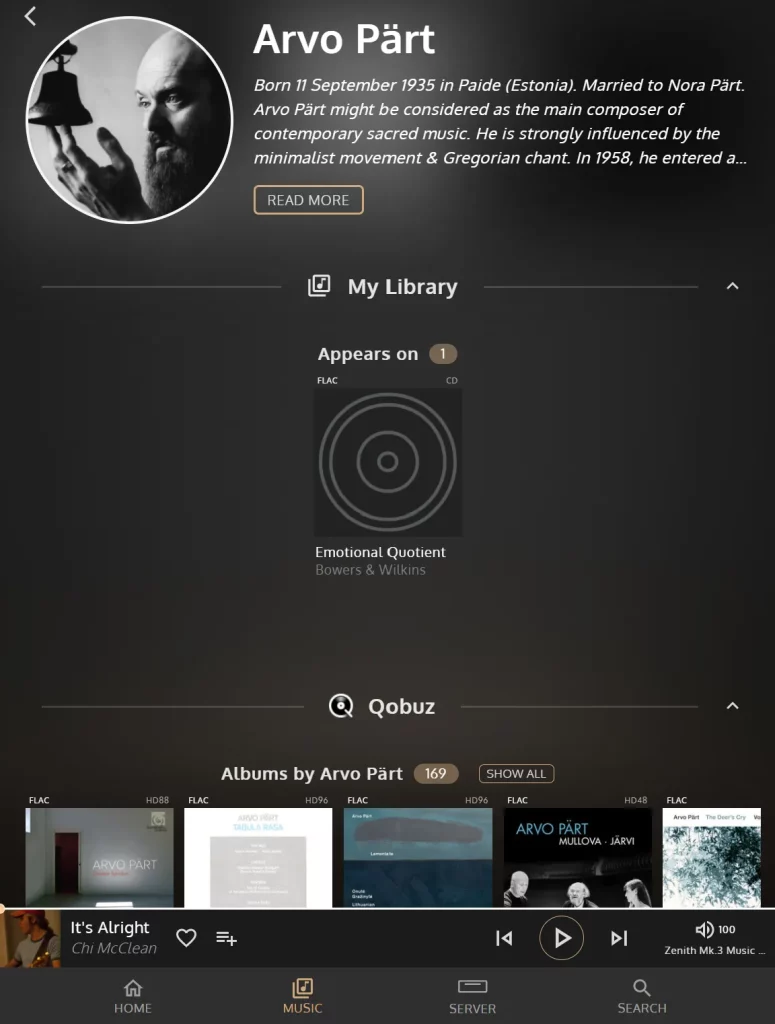
That’s all for this week. Thank you for being here and see you next week!

